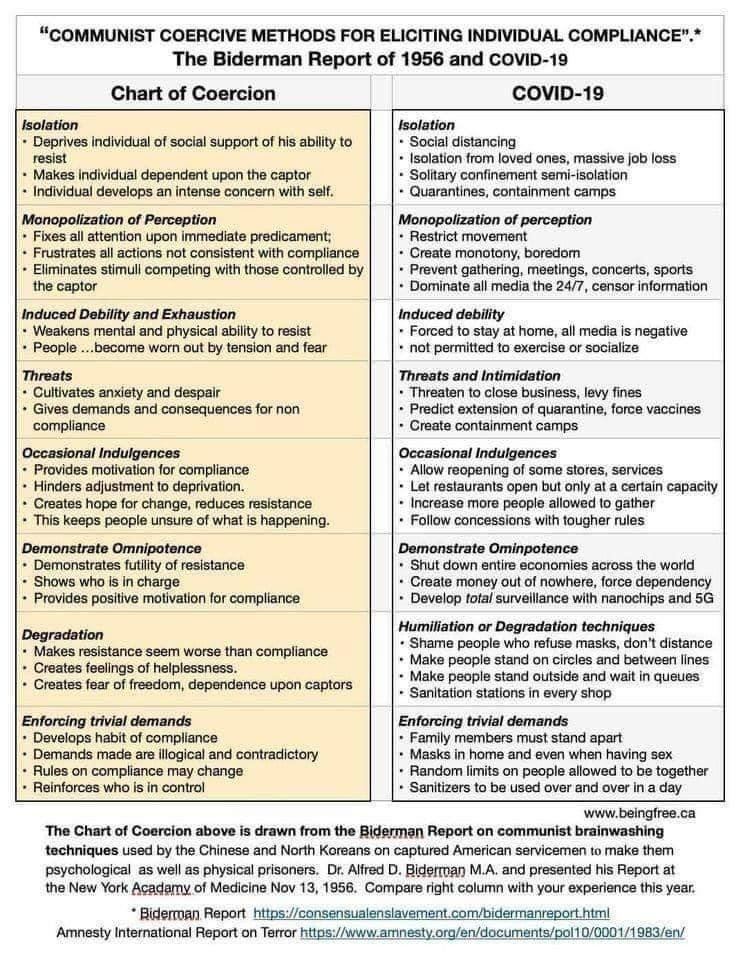CIA is utilizing (probably paying for) Chinese Communist research at Chapel Hill,NC
" we created transgenic (?) mice expressing an evolved G protein-coupled receptor (hM3Dq) selectively activated by the pharmacologically inert, orally bioavailable drug clozapine-N-oxide (CNO). (Clozapine is a psych drug)
Behavioral correlates of neuronal activation included increased locomotion, stereotypy, and limbic seizures. These results demonstrate a powerful chemical-genetic tool for remotely controlling the activity of discrete populations of neurons in vivo."
https://pubmed.ncbi.nlm.nih.gov/19607790/








